10 best smart home devices for energy efficiency
Last Updated on May 23, 2024 by Jhonni Jets
As energy costs continue to rise, it’s becoming more important than ever for homeowners to find ways to reduce their utility bills through energy efficiency. While making improvements like adding insulation or upgrading appliances can help, incorporating smart home technology allows you to automate efficiency and save energy without a major renovation. Smart devices connect to your home Wi-Fi network and can be controlled remotely via mobile apps, giving you oversight and control over your home’s energy usage. In this article, we’ll cover the 10 best smart home devices for saving energy through automation, remote control, and energy monitoring capabilities.
1. Smart Thermostats
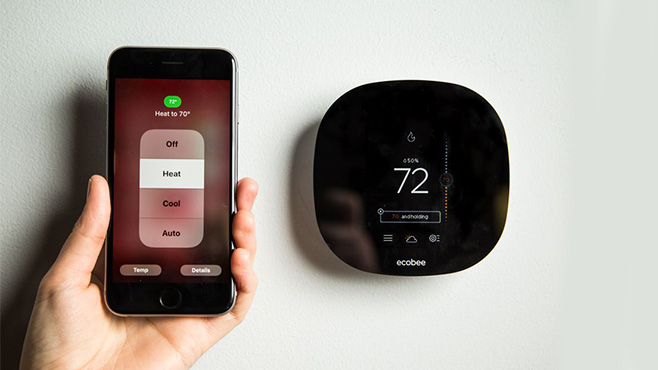
One of the easiest and most impactful smart home devices for reducing energy use is a smart thermostat. Traditional programmable thermostats can be tricky to configure properly and often don’t adapt to changes in your schedule. Smart thermostats like the Nest Learning Thermostat learn your daily routine and automatically adjust the temperature when you’re home and away to find the optimal balance of comfort and efficiency. They also allow remote temperature adjustments via mobile apps so you can adjust the thermostat before arriving home or continuing to save energy even when away. Access to daily, weekly, and monthly energy reports helps you track savings. On average, smart thermostats can lower heating and cooling expenses by up to 33% according to the Department of Energy.
2. Smart Plugs
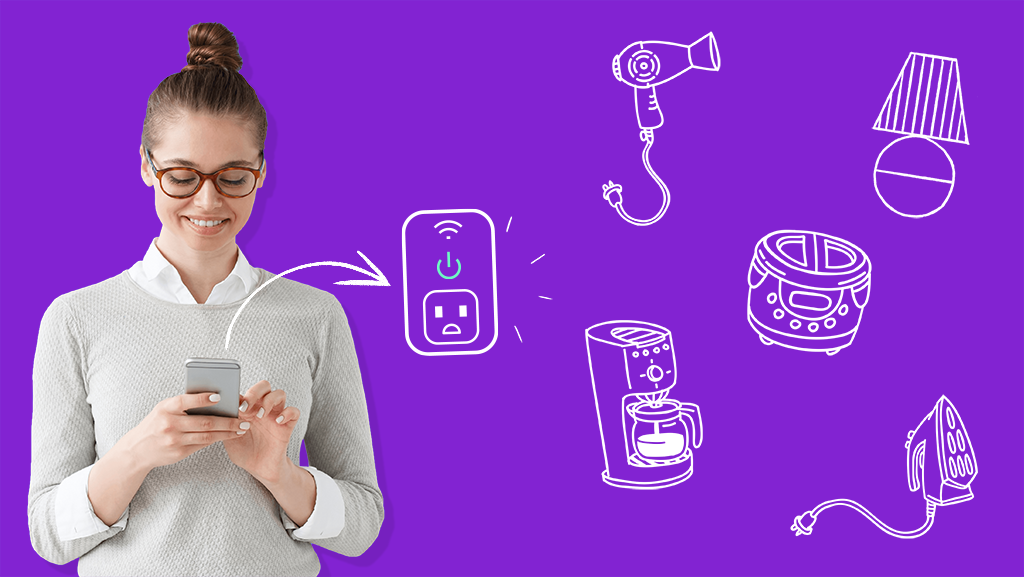
Smart plugs are simple devices that turn regular wall outlets into smart outlets controllable from your phone. With a smart plug, you can not only schedule when electronics, lamps, and small appliances are automatically turned on and off, but also track how much energy they’re using. This allows you to shut off “always on” devices like cable boxes, smart speakers, and coffee makers when not in use to avoid unnecessary phantom loads. You can also remotely power off holiday lights or other seasonal items for additional savings. TP-Link Kasa Smart Plugs consistently rank among the top smart plugs for their easy setup, energy monitoring features, and reasonable price point. Installing a few strategic smart plugs throughout your home provides a significant boost to energy efficiency with minimal effort.
3. Smart Light Bulbs
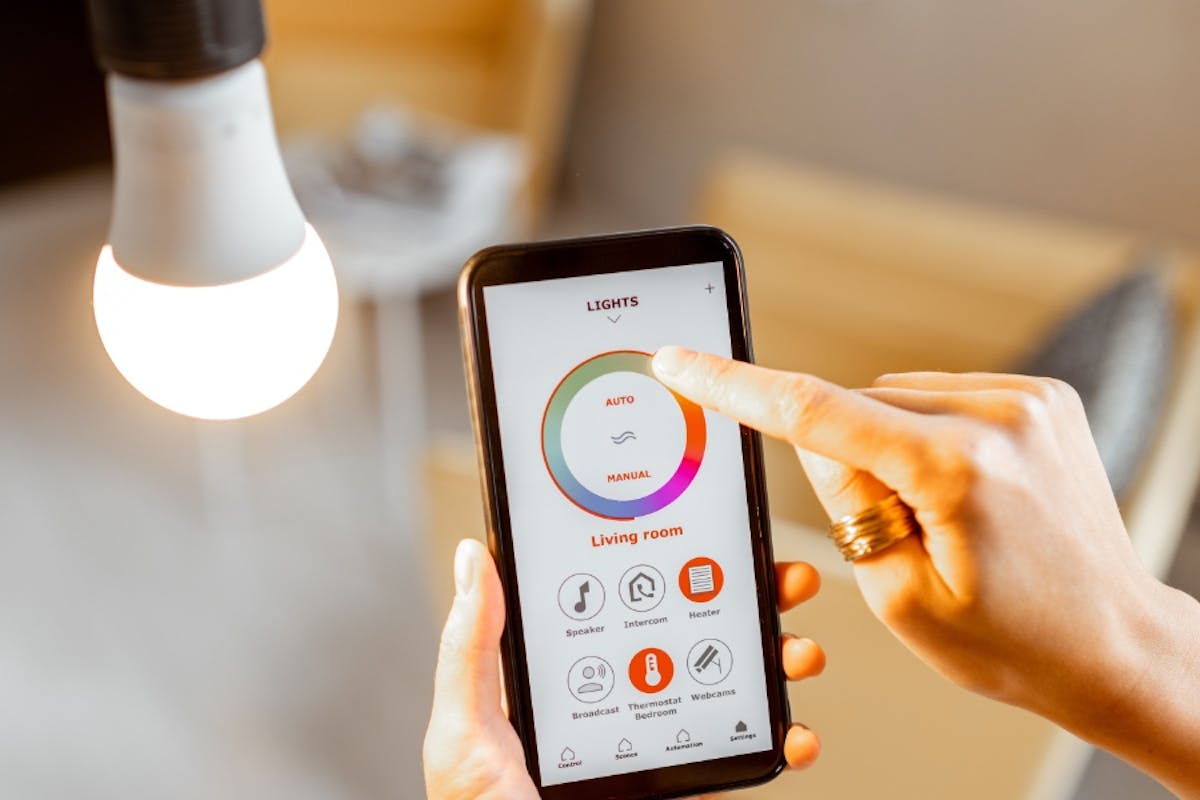
Similar to smart plugs, smart light bulbs replace standard bulb sockets and fixtures, allowing lights to be controlled from a mobile device. But smart bulbs—like Philips Hue, Wyze Bulb, and Sengled bulbs—also offer innovative features for energy savings. First, they enable setting schedules so outside lights automatically turn on at dusk and off after a certain time, eliminating wasted light bulb hours. Smart bulbs also support dimming lights, which uses significantly less energy than burning at full brightness. Some can even change colors and synchronize to music for ambiance without leaving lights on for extended periods unnecessarily. Voice control via Alexa and Google Assistant brings lights further automation. Over time, smart bulbs earn back their investment through electricity saved.
4. Smart Power Strips
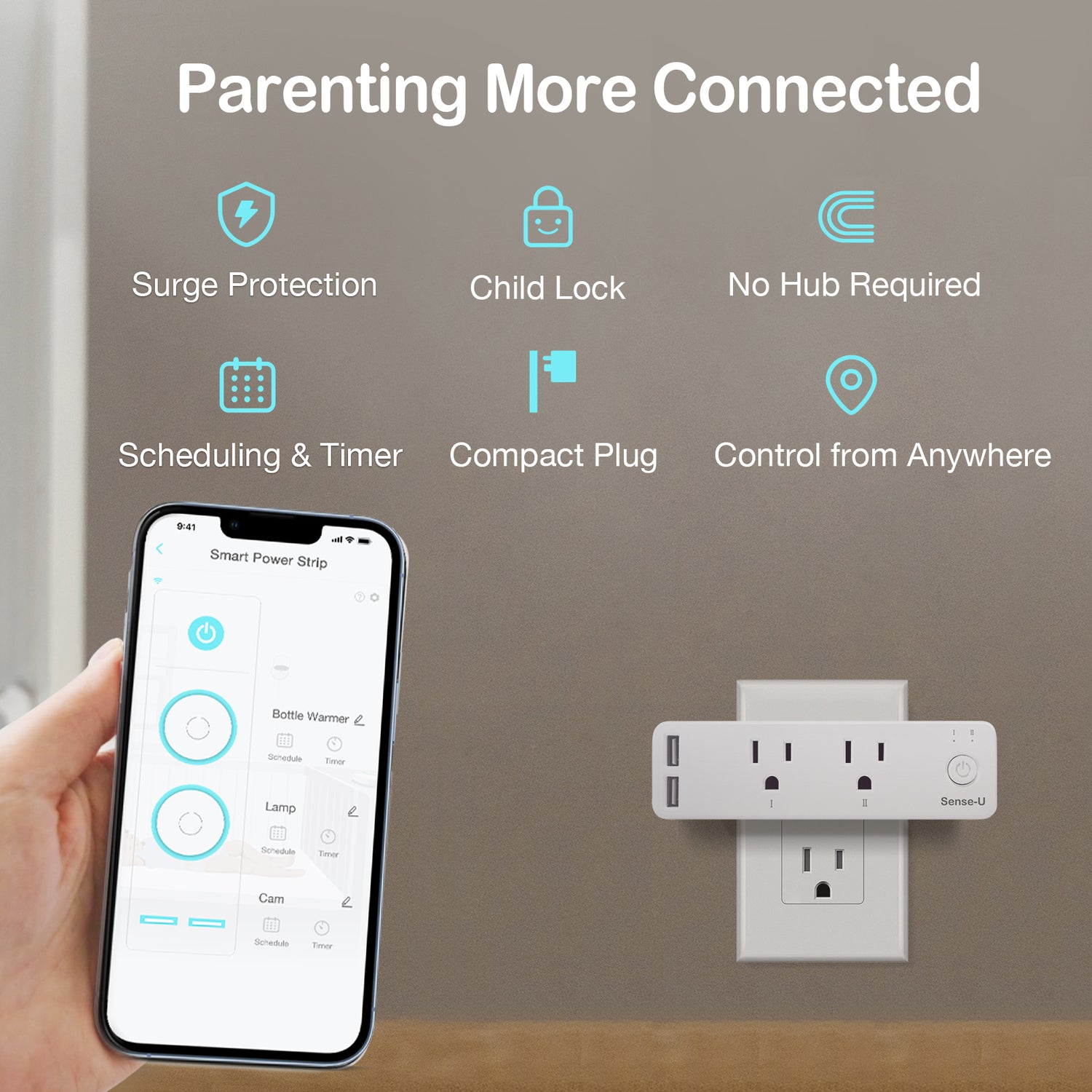
An upgraded version of a smart plug, smart power strips deliver multi-outlet smart control and monitoring from a single device. For example, Kasa Smart Power Strip HS300 features six independently controlled smart outlets plus two always-on outlets. This allows consolidating multiple “always on” devices onto one strip which can then be switched off when you leave home or go to sleep for deeper energy savings. Automatic scheduled and timed control over entire entertainment centers, work areas, and more delivers effortless efficiency. Energy monitoring also provides usage breakdowns across connected devices, helping identify energy vampires to unplug. The master control from mobile apps makes power strips very convenient for large-scale power management.
5. Smart Home Security Systems

While protecting your home, smart security systems from brands like SimpliSafe, Ring, and Arlo prioritize energy conservation too. Integrated motion sensors, entry sensors on doors and windows, and HD security cameras are programmed to automatically unlock smart locks, adjust light and thermostat settings in your absence, giving the appearance someone is home for increased security. This mimics real-life behaviors, avoiding wasted energy that would otherwise accumulate from locked empty homes with lights blazing. Many systems integrate with other smart devices for expanded automation possibilities too. Being able to quickly check the security feed from any room also ensures appliances and lights aren’t left on by accident from a distance.
6. Smart Locks
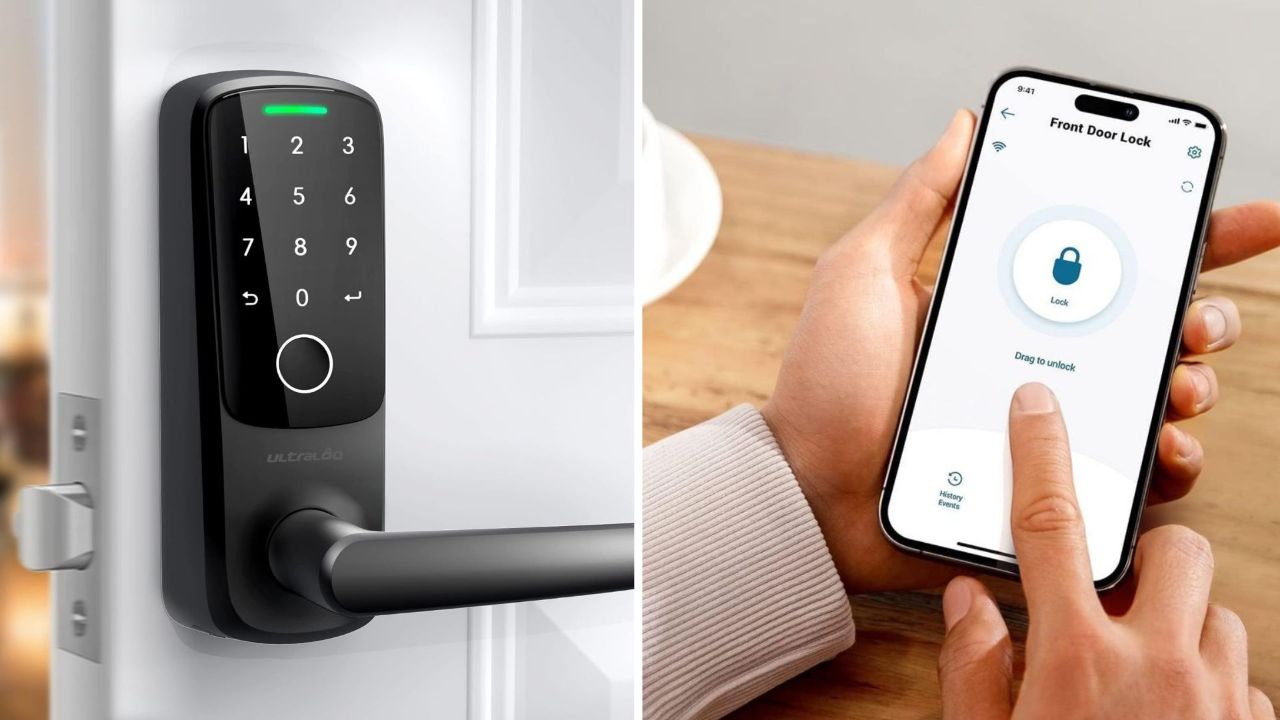
Smart locks allow keyless entry to your home for convenience but also support energy savings routines. For example, August Smart Lock users can program the lock to automatically lock the door behind them so lights and the thermostat switch to away mode upon departure. This ensures energy inefficient settings aren’t accidentally left active for hours or overnight. Access is still gained remotely via the mobile app anytime needed too. Additional features like presence simulation turns smart locks on and off randomly throughout the day to convince burglars someone is home while saving energy that would otherwise be wasted keeping the home fully lit and heated or cooled for no one. This all-in-one approach to security and efficiency is a welcomed benefit of smart locks.
7. Smart Hubs

The backbone of any well-integrated smart home system is a smart home hub like Amazon Echo, Google Nest Hub, or Samsung SmartThings. These central controllers tie all other smart devices together, allowing advanced automation triggered by schedules or your preferences. For example, a rule could automatically dim lights by 50% and adjust the thermostat 3 degrees warmer 10 minutes after you fall asleep detected by connected devices and motion sensors. Samsung SmartThings takes it a step further, providing energy dashboards and consumption reports to monitor savings from routines. Smart hubs deliver maximum convenience and oversight with a single platform while amplifying the collective energy savings potential of dozens of smart home products working seamlessly as an eco-friendly synchronized system.
8. Smart Fridges
:max_bytes(150000):strip_icc()/samsung-ha-ref-rf56k9540sr-family-hub-overview-5aa18f0e18ba010037c023a5.jpg)
LG Smart InstaView Fridge and Samsung Family Hub add intelligence to one of the largest energy consumers in most homes. Built-in cameras and touchscreens open communication into fridge contents from anywhere without wasting electricity retrieving items unnecessarily. Advanced sensors monitor temperature, humidity and seal condition to maintain peak efficiency. Alarms notify of faults so repairs can be scheduled before costly losses in performance occur. Many models partner with smart assistants for touchless voice access to shopping lists, recipes and more tasks that avoid repeated door openings. Plus, energy use reporting compared to standard fridges shows estimated annual savings of up to $100 in some cases thanks to optimized refrigeration and usability designed for the smart home age.
9. Smart Window Coverings
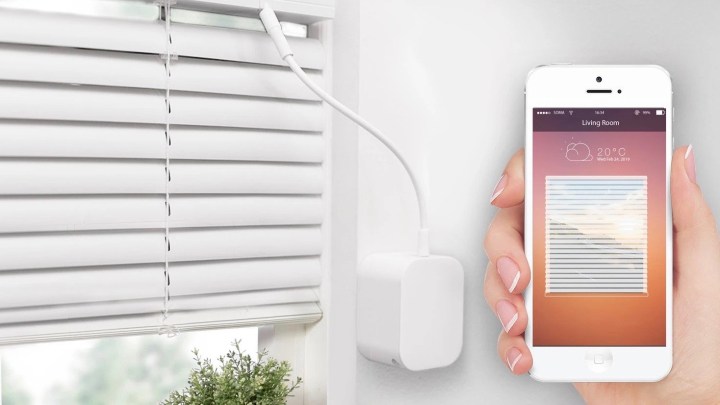
Motorized smart blinds and shades enable scheduling sunlight and views according to your preferences or the sun’s movement for energy efficiency. For example, Lutron Serena Shades can lower to block direct afternoon sun, minimizing cooling needs during peak utility hours. They also raise at night to let the moon and stars brighten the home without wasted lighting costs. This precision control optimizes shade positions automatically without manual adjustment saving HVAC use. Select models even track weather forecasts to open blinds in winter to passively heat using sunshine. Remote access further ensures shades always follow schedules for convenience even when you’re not at home. Igmotech and Somfy also produce reliable motorized options.
10. Smart Appliances

From washers and dryers to dishwashers and even garage door openers, manufacturers continue introducing smart connectivity and data tracking into major energy-consuming household appliances. Samsung Family Hub fridge goes above creating intelligence in cooking and shopping lists by providing energy usage reports compared to other models. LG ThinQ Washers can be remotely started or have cycles modified through the app, avoiding wasted water from finishing unnecessary loads mid-cycle. Chamberlain MyQ garage door openers help ensure your home’s shelter and safety with presence simulation while your away too. The upfront investment in smart appliances is easily offset by savings on energy bills thanks to these more eco-driven features evolving appliance intelligence.
Conclusion
In summary, while initial costs can be an obstacle, smart home technology has proven highly beneficial in lowering household energy consumption when automated routines and remote access are leveraged appropriately. The top 10 smart home devices we explored represent upgrades homeowners can make one at a time to start achieving cumulative savings without excessive renovations. As platforms continue integrating and AI assistance improves, more personalized automation possibilities arise too. With reports showing the average American household wastes over $2,000 annually on inefficient energy habits, incorporating smart solutions tailored to your behaviors offers significant financial and environmental returns on investment long-term.







